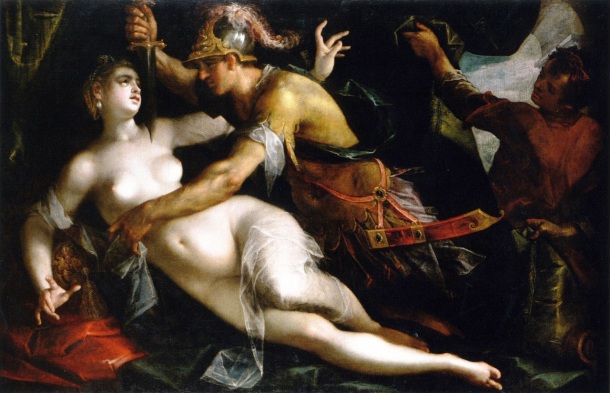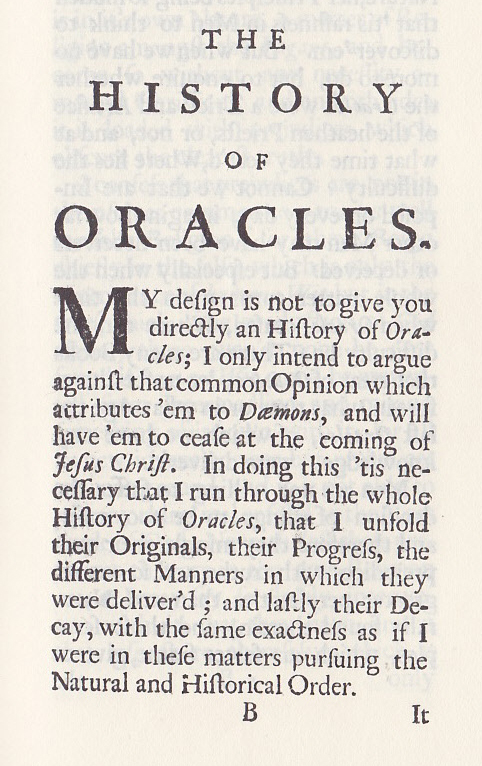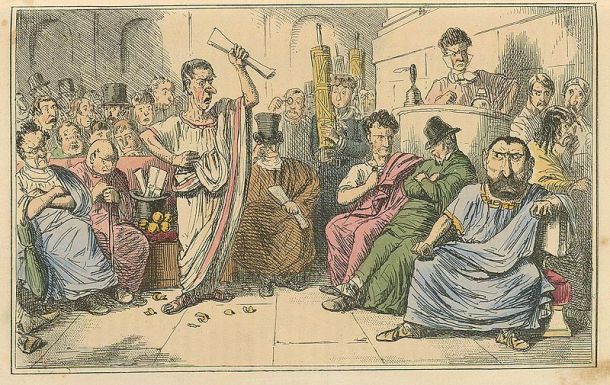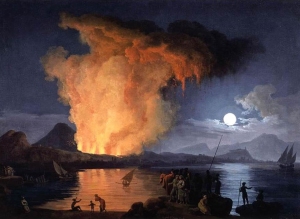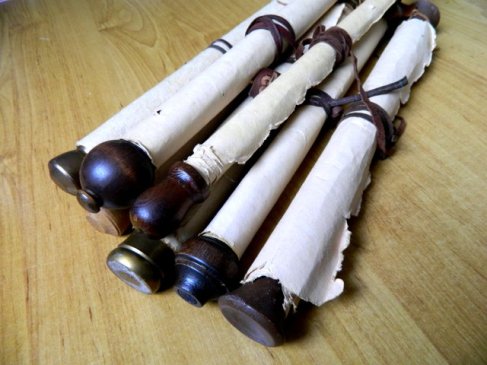My dearest subscribers,
Fished Up Classics will soon be known under a new name, Found in Antiquity.

The new site mascot. The old one, by the way, was taken from the Anchovy page on Wikipedia.
It was a difficult decision to make, but I believe the long term gain will be worth today’s hassle. It feels scary, in a way, like I might be starting all over again. Has it only really been 4 months since I began this blog?
But I do feel much better about this new name. It makes more sense to me at first glance. If I mention the name to strangers or lecturers, I don’t have to hold my breath and hope they understand that it doesn’t have anything to do with fishing or eating fish or hooking things on fishhooks. It sounds silly, since most people who heard the name didn’t think of that. But I really did get sick of having “Fished Up” at the start of the title.
I’ve also taken this opportunity to buy the domain name, “foundinantiquity.com”.
Within the next few days or so I will also purchase a 301 redirect service, which will smooth this transition phase considerably.
Hold tight, update your bookmarks, and I’ll see you soon with another post – a post about Melitan or “Maltese” miniature dogs in antiquity!



